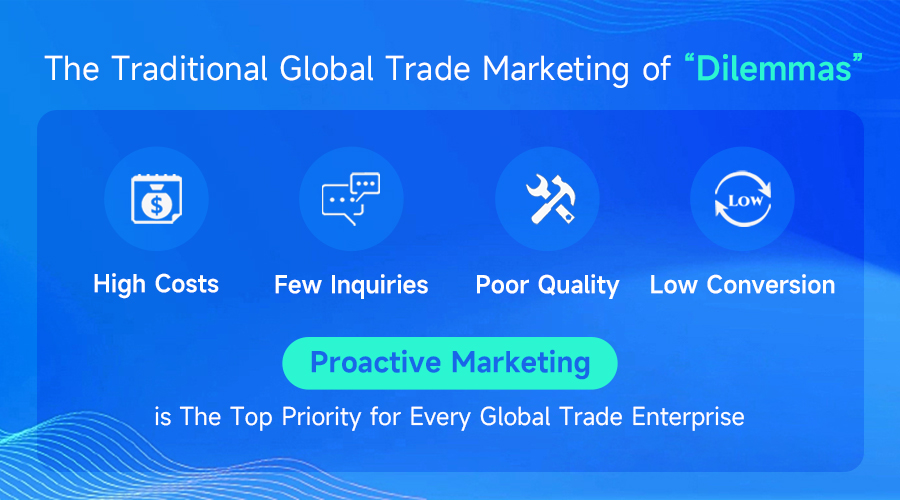 Import News
Import News
 11-06-2024
11-06-2024
In 2023, the United States continued to be one of the world's largest importers, bringing in a diverse array of goods from around the globe. This year saw significant activity across various sectors, with a few industries standing out as key contributors to the import landscape. Here, we explore the top 10 US imports of 2023, highlighting their economic impact and the trends driving these figures.
1. Electrical, electronic equipment(14.62%, $463.36 Billion)
2. Machinery, nuclear reactors, boilers(14.49%, $459.2 Billion)
3. Vehicles other than railway, tramway(12.03%, $381.04 Billion)
4. Mineral fuels, oils, distillation products(8.41%, $266.59 Billion)
5. Pharmaceutical products(5.61%, $177.85 Billion)
6. Commodities not specified according to kind(3.94%, $124.98 Billion)
7. Optical, photo, technical, medical apparatus(3.73%, $118.32 Billion)
8. Pearls, precious stones, metals, coins(2.7%, $85.49 Billion)
9. Plastics(2.28%, $72.35 Billion)
10. Furniture, lighting signs, prefabricated buildings(2.18%, $69.01 Billion)

1. Electrical and Electronic Equipment
14.62% of Total Imports - $463.36 Billion
Electrical and electronic equipment remained the top US import category for 2023. This sector includes a wide range of products such as smartphones, computers, and other consumer electronics. The high demand for these items is driven by continuous technological advancements and the increasing digitization of everyday life. The substantial import value reflects the United States' reliance on foreign manufacturers, particularly from Asia, to meet its technological needs.
2. Machinery, Nuclear Reactors, Boilers
14.49% of Total Imports - $459.2 Billion
Machinery, including nuclear reactors and boilers, closely followed as a major US import sector. At $459.2 billion, this category encompasses industrial machinery, agricultural equipment, and heavy machinery used in various industries. The US imports significant amounts of machinery to support its manufacturing and construction sectors, which are pivotal to its economy. This category's prominence highlights the ongoing need for advanced machinery to maintain and grow industrial productivity.
3. Vehicles Other Than Railway, Tramway
12.03% of Total Imports - $381.04 Billion
The importation of vehicles, excluding railway and tramway, stood at $381.04 billion in 2023. This category includes cars, trucks, and other motor vehicles, reflecting the US consumer's continued preference for foreign automobiles, especially from countries like Japan, Germany, and South Korea. The high value of vehicle imports underscores the strong demand for diverse and technologically advanced automotive options.
4. Mineral Fuels, Oils, Distillation Products
8.41% of Total Imports - $266.59 Billion
Mineral fuels, including crude oil and other petroleum products, represented a significant portion of US imports. At $266.59 billion, this sector is crucial for powering the country's transportation, manufacturing, and energy sectors. Despite the push towards renewable energy, the US remains heavily dependent on imported fossil fuels to meet its energy needs.
5. Pharmaceutical Products
5.61% of Total Imports - $177.85 Billion
Pharmaceutical products accounted for $177.85 billion in US imports, underscoring the country's reliance on foreign-made medicines and healthcare products. The high import value reflects the ongoing demand for advanced medical treatments and drugs, many of which are produced by leading pharmaceutical companies based in Europe and Asia.
6. Commodities Not Specified According to Kind
3.94% of Total Imports - $124.98 Billion
This category includes a variety of unspecified commodities, totaling $124.98 billion. The broad nature of this category indicates the diversity of products imported into the US, ranging from raw materials to miscellaneous goods that don't fit neatly into other defined categories.
7. Optical, Photo, Technical, Medical Apparatus
3.73% of Total Imports - $118.32 Billion
Imports of optical, photographic, technical, and medical apparatus reached $118.32 billion. This category covers a wide range of equipment, including cameras, medical instruments, and scientific tools. The demand for high-quality medical and technical equipment drives significant import activity in this sector.
8. Pearls, Precious Stones, Metals, Coins
2.7% of Total Imports - $85.49 Billion
Jewelry and other luxury items, including pearls, precious stones, metals, and coins, amounted to $85.49 billion in US imports. The US market for luxury goods remains robust, driven by consumer demand for high-end products and investment items.
9. Plastics
2.28% of Total Imports - $72.35 Billion
Plastics, including primary forms and articles made of plastic, were imported to the tune of $72.35 billion. This sector's significance highlights the material's ubiquity in modern manufacturing and consumer goods, from packaging to automotive components.
10. Furniture, Lighting Signs, Prefabricated Buildings
2.18% of Total Imports - $69.01 Billion
Finally, furniture, lighting signs, and prefabricated buildings represented $69.01 billion in US imports. This category's substantial value reflects the ongoing demand for home furnishings and construction materials, driven by housing market trends and consumer spending on home improvements.
Conclusion
The import landscape of the United States in 2023 is marked by its diverse needs, spanning technology, healthcare, automotive, and more. These top 10 US import categories not only illustrate the country's economic priorities but also highlight the global interconnectedness of modern trade. As the US continues to grow and evolve, its import patterns will likely reflect emerging trends and shifts in consumer and industrial demands.
What can Tendata customs data help enterprises with?
1. Market Analysis
- Market Trends Analysis: Tendata's customs data helps businesses analyze market trends, understand the import and export volumes and growth trends of specific products or industries, and monitor changes in various country markets. Based on Tendata's market analysis, businesses can more accurately select target markets, including considering markets with large import and export trade volumes, rapidly growing demand, and understanding information about potential trading and cooperation partners.
- Product Analysis: By gaining insight into the performance of different products in international markets, businesses can optimize product positioning. Tendata's customs data also provides information on competitors' import and export activities, helping to develop more competitive strategies.
- Competitor Analysis: Using Tendata, businesses can analyze competitors, staying updated on their trade dynamics, import and export prices, trade volumes, etc., enabling rapid adjustments to market strategies.
>> Learn More About Tendata <<

2. Customer Development
- Customer Profiles: Tendata's customs data provides access to customers' import and export records, helping businesses understand their purchasing behavior, including the types of products purchased, quantities, frequencies, etc. This assists in forming customer profiles, allowing businesses to better understand customer needs and preferences. By analyzing customers' trading partners, businesses can understand the supply chain networks in which customers operate, thus gaining insights into their business environment and potential cooperation opportunities.
- Customer Background Checks: Tendata's customs data includes customers' trade history and payment records, facilitating credit assessments. By understanding customers' payment credibility, businesses can prudently select partners, reducing transaction risks. Through customs data, businesses can check whether customers' trading activities comply with relevant regulations and compliance standards, ensuring that cooperation with customers is based on legal and regulatory compliance.
- Lead Generation: By analyzing Tendata's customs data, businesses can directly obtain customer contact information and proactively reach out to foreign trade customers via email, LinkedIn, phone, other social media platforms, etc., for direct marketing and lead generation!
>> Get a Free Demo Now <<

Category
Leave Message for Demo Request or Questions


 T-info
T-info T-discovery
T-discovery

 My
Tendata
My
Tendata Market Analysis
Market Analysis Customer
Development
Customer
Development Competitor
Monitoring
Competitor
Monitoring Customer Relationship
Customer Relationship





































































































































